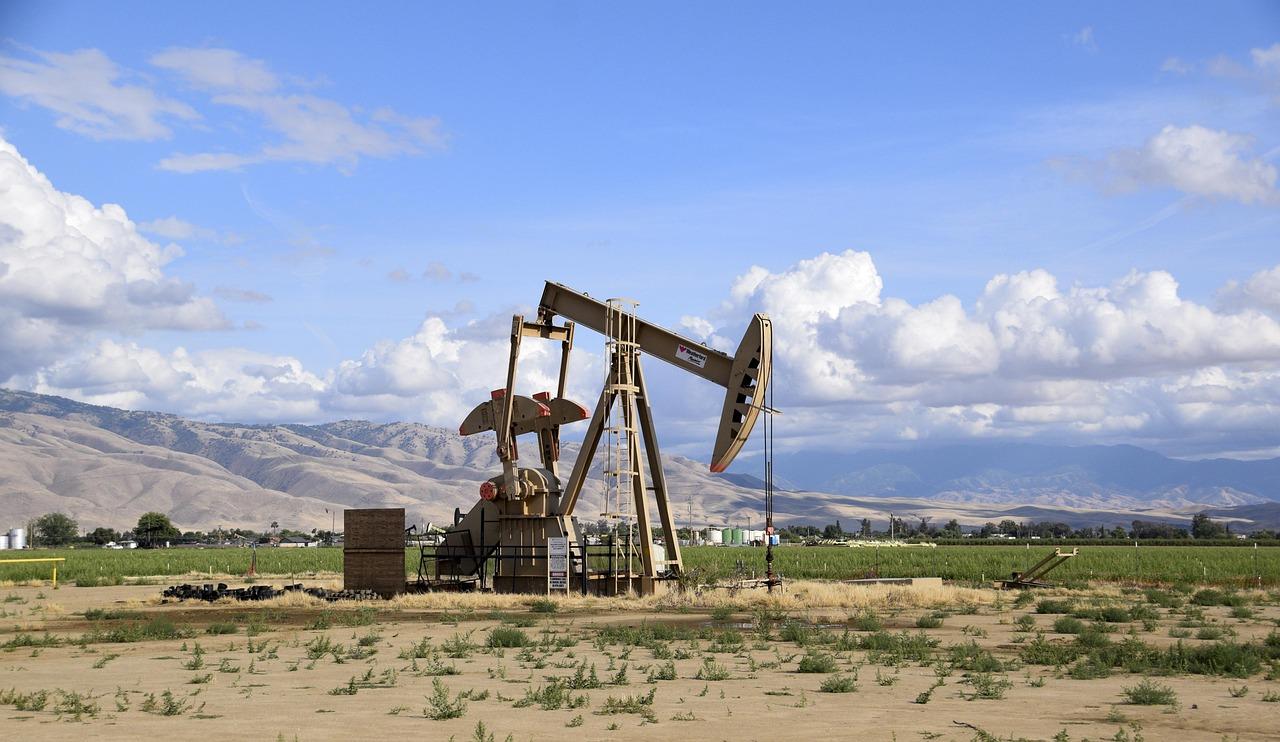Crude oil futures (symbol CLA) play a critical role in global financial markets, serving as a benchmark for oil prices and a tool for indicating volatility in the energy sector. However, as the world accelerates its transition toward renewable energy sources like solar, wind, and hydro-electricity, the dynamics that influence crude oil prices—especially futures contracts—are beginning to shift.
What Are Crude Oil Futures?
Crude oil futures are standardized contracts traded on commodities exchanges, such as the New York Mercantile Exchange (NYMEX) and Intercontinental Exchange (ICE). These contracts specify the price and delivery date for a set quantity (usually 1,000 barrels) of crude oil. The most widely traded crude oil benchmarks are West Texas Intermediate (WTI) and Brent crude.
Market participants include:
- Producers and Consumers: Use futures to hedge against price risks.
- Speculators: Aim to profit from price movements.
- Investors: Incorporate futures into diversified portfolios.
Prices are heavily influenced by various factors, including geopolitical events, supply & demand, inventory levels, and macroeconomic indicators.
Price Volatility and Influencing Factors
The price of crude oil is notoriously volatile. Supply disruptions from major oil-producing regions, changes in demand due to economic activity, and OPEC+ production decisions can lead to sharp price swings. Futures markets quickly absorb new information, making them sensitive to both short-term shocks and long-term trends.
Inventories, transportation logistics, and even currency strength—especially the U.S. dollar—can all influence futures prices. For example, when the dollar strengthens, oil becomes more expensive for foreign buyers, potentially reducing demand and causing prices to drop.

The Role of Renewable Energy
The global energy landscape is undergoing a significant transformation, with renewable energy sources gaining prominence. According to the International Energy Agency (IEA), investment in clean energy technologies is set to reach $2 trillion in 2024, surpassing fossil fuel investments. Solar power leads this surge, with investments projected at $500 billion, more than all other electricity generation technologies combined.
Short-Term Effects and Market Sentiment
In the short term, developments in renewable energy can still influence oil futures indirectly. For instance, large-scale announcements of solar or wind installations, breakthroughs in battery technology, or shifts in government subsidies can sway investor sentiment. This might not cause immediate demand destruction, but it can alter market psychology, influencing trading decisions.
Moreover, investor capital is increasingly flowing into green assets, often at the expense of fossil fuel investments. As funding for oil exploration and production becomes less accessible, supply constraints may develop. Paradoxically, this can support oil prices in the short to medium term, even as demand wanes—a situation that increases volatility in futures markets.
Long-Term Demand
The most profound impact of renewable energy on crude oil futures is likely to come from reduced long-term demand. As countries implement aggressive de-carbonization goals, such as bans on internal combustion engine vehicles and mandates for clean energy usage, the need for crude oil could plateau or decline.
For futures markets, this changing demand outlook affects long-term contracts more than near-term ones. Traders may price in lower demand expectations for oil in the future, which can result in a phenomenon where future prices are higher than spot prices. However, if demand drops faster than expected, it could lead to a bear market in crude oil.
Regional Developments
Different regions are experiencing varied impacts:
- Germany: In April 2025, solar energy became the country’s top electricity source, accounting for 32% of power generation . This milestone underscores the potential for renewables to significantly alter energy mixes.
- New South Wales, Australia: The state is witnessing a renewable energy boom, with over 11 GW of new capacity committed in recent months .
- United Kingdom: Challenges persist, including the migration of skilled energy workers abroad due to declining oil and gas industries and stagnating renewable projects .
Challenges and Considerations
While the transition to renewable energy presents opportunities, it also poses challenges:
- Infrastructure Needs: Integrating renewable energy solutions require significant investment in grid infrastructure and storage solutions.
- Economic Disruption: Regions dependent on fossil fuel industries may face economic challenges during the transition as they lose a source of income and a cheap energy source.
- Policy Coherence: Inconsistent policies can hinder investment and progress in both fossil fuels and renewables.
The Feedback Loop: Investment and Price Signals
Price signals from crude oil futures markets also influence investment decisions. If futures indicate a long-term decline in oil prices, companies may delay or cancel upstream oil projects. On the other hand, high oil prices can temporarily slow the shift to renewables, especially in developing countries where cost remains a barrier.
This feedback loop between prices, investment, and technology adoption underscores the interconnectedness of energy markets. It also highlights how futures markets act not just as predictors, but also as drivers of real-world economic behavior.
Conclusion
Crude oil futures remain a vital component of global energy markets. While traditionally driven by supply-demand fundamentals and geopolitical developments, they are now increasingly influenced by the rise of renewable energy. As solar, wind, and other clean technologies continue to gain ground, they reshape long-term expectations for oil demand and introduce new elements of price volatility. Traders, investors, and policy-makers alike must consider not only barrels and pipelines but also batteries and solar panels when assessing the future of oil prices.
Learn more about crude oil futures data.
